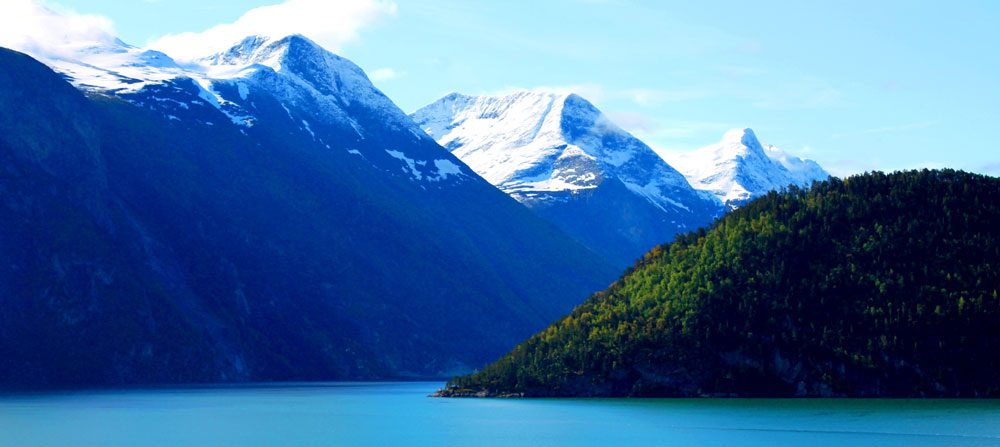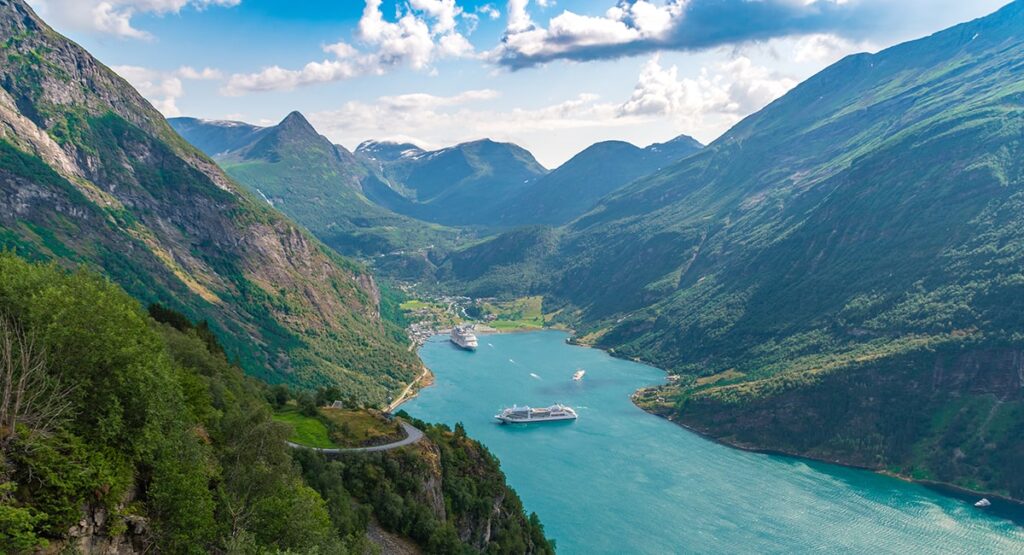- Clothes drying: In Norway, Sunday is literally considered a public holiday – therefore it is forbidden (in some places) to hang laundry out to dry on Sundays
- Prime ministers: Several Norwegian prime ministers have behaved scandalously in public; one was drunk on TV, another had to leave his position temporarily because he felt slandered by the media and a third called an African president “Bongo from Congo”
- Record-breaking cold: It can get very cold in Norway; the record is -51.4 degrees!
- Longest road tunnel: The Lærdal Tunnel in Norway is the longest road tunnel in the world. It is 24,509 km long!
- Football: Many Norwegians are proud of the fact that the Norwegian national team has never lost a match to the Brazilian national team. In total, the two teams have played 3 matches, of which Norway has won 2 and the last one was a draw
- Helgafylla: Just like the Swedes and Danes, Norwegians like to get drunk. That’s why they have the word full-capacitywhich literally and directly translated means “weekend drunk”
- EU: Norway is not a member of the EU, but of other inter-European cooperation agreements such as the EEA. Norway’s non-membership of the EU is a frequently debated topic in Norwegian politics and many Norwegians find it strange that Norway in many areas adapts to EU politics and economics, even though they do not want to be members of the union.
- Line of kings: The Norwegian royal line became extinct in 1387, after which Norway entered into a sort of communion with Denmark
- Denmark and Sweden: In 1397, Norway was occupied by Denmark. During the Napoleonic Wars (1804 – 1815), Denmark-Norway lost its navy and had to cede Norway to the King of Sweden. On May 17, 1814, Norway became an independent state by signing the Eidsvold Constitution (i.e. the Norwegian constitution)
- National Day: Norway’s national day is May 17th, when people dress up in the country’s national costume (“bunad”) and celebrate the signing of the constitution in 1814
Read about working in Norway here.






